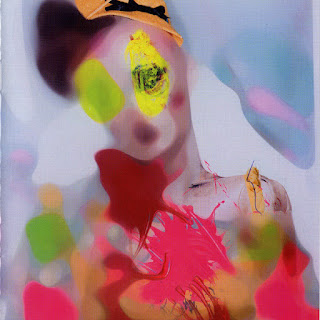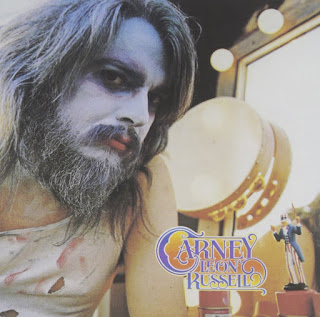
|
|
Crack the Sky, photo by Rei Perri |
Crack the Sky
are rock ‘n’ roll lifers; formed in Weirton, West Virginia in the early ‘70s
by John Palumbo (vocals, keyboards) and Rick Witkowski (guitar, vocals), the
band’s original line-up included guitarist Jim Griffiths, bassist Joe Macre,
and drummer Joey D’Amico. The band released its self-titled debut album in
1975, the first LP released by songwriter/producer Terry Cashman’s independent
Lifesong Records label. Crack the Sky received near-unanimous critical
acclaim for its heady prog-rock sound, and was even proclaimed the “debut
album of the year” by Rolling Stone magazine. In a pattern that would
be all too familiar over the course of their lengthy career, distribution
problems and promotional shortfalls prevented the album from really taking
off.
The band released its sophomore effort, Animal Notes, a
year later and ran into the same brick wall of widespread critical acclaim and
commercial indifference. They toured heavily, opening for major league
headliners like Kansas, Boston, Supertramp, and Yes, but received little or no
radio airplay (even from ‘sympathetic’ FM stations) and, when their commercial
fortunes failed to improve, Palumbo left the band to pursue a solo career.
Recruiting singer Gary Lee Chappell, and with producer Rob Stevens subbing on
keyboards, CTS released its third album, Safety In Numbers, in 1978.
When it, too, underperformed the band decided to break up; Lifesong would
release a live album later that year. Palumbo and Witkowski reunited in 1980
for the album White Music, and Crack the Sky has been performing and
recording in one form or another ever since.
Crack the Sky’s Tribes
As a songwriter, Palumbo has always had a keen eye for his surroundings, but Tribes focuses that skill on America circa now, the album-opening title track the most succinct recap of where our society currently stands as you’ll ever hear. Above dark-hued instrumentation that settles into a menacing, slinky groove, Palumbo reveals the depth of divisiveness in our world with lyrics that are anything but reassuring. Palumbo’s vocals dance atop the lush soundtrack like a dervish on a pinhead, reinforcing the power of his words. D’Amico’s martial drumbeats open “Another Civil War,” Palumbo’s eerie vocals foreshadowing a dark future for the last American century as the band’s hybrid of pysch, prog, and goth sounds creates an intoxicating listening experience. The third of what is really a trilogy, “Dear Leaders” addresses the lack of empathy and anything even marginally resembling political courage in the U.S. in near-Biblical terms, the singer’s insightful lyrics matched by a gale-force storm of overwhelming instrumentation.
Palumbo resurrects an old song from his solo days for Tribes, “Blowing Up Detroit” masterfully capturing chaos in a bottle as the band rocks ferociously behind his vocals, the slashing guitars particularly stunning. Much of Tribes follows a similar blueprint to these first four, with Palumbo’s erudite, intelligent lyrics matched by snarling instrumentation that bares its fangs at every opportunity. Palumbo tosses off lines that lesser writers would kill for – “Turn on the TV and I feel like screaming, I close my eyes and hope I’m dreaming” or “I’m a stranger in a strange land, I tried to fit in a long time ago, and now it’s clear I don’t want to do that.” The songwriter waxes nostalgic for “Boom Boom” in a way that Springsteen forgot decades ago, the band strutting across the song like Godzilla stomping on Tokyo while “The Lost Boys” wonderfully captures the lingering alienation of the aging man-child with exotic rhythms that underline the agelessness of the theme.
The Reverend’s Bottom Line
Palumbo, Witkowski, and crew are extraordinarily talented musicians who,
together, create a joyful noise, playing every bit as well as they did 45
years ago. Witkowski and Hird, in particular, are skilled and imaginative
string-benders who play in service to the material without ego or showboating,
but every member of CTS gets a chance to shine here. This isn’t ‘commercial’
music by any stretch of the imagination, but rather timeless incantations of
rock ‘n’ roll that, the seeming topicality of the lyrics aside, sounds like it
could have been recorded in 1975 or 2025, and it’s equally at home in either
year. Old-school CTS fans will be overjoyed with Tribes, but any prog
or classic rock fan will find a lot to like here. Grade: A (Carry On
Music, released January 15th, 2021)
Buy the CD or LP from Amazon.com:
Crack the Sky’s Tribes







